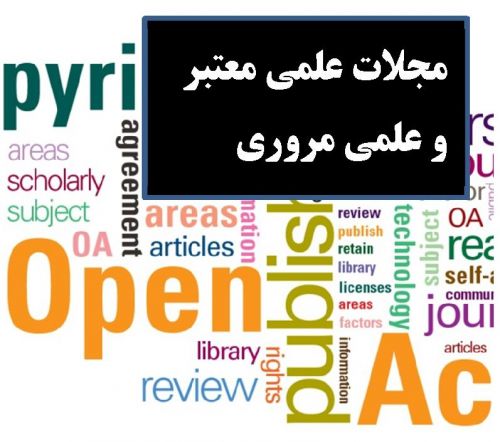Considering that the major part of greenhouse gases is carbon dioxide, there is a global concern aimed at reducing carbon emissions. Additionally, major consumer countries are looking for alternative sources of energy to avoid the impact of higher fossil fuel prices and political instability in the major energy supplying countries. In this regard, different policies could be applied to reduce carbon emissions, such as enhancing renewable energy deployment and encouraging technological innovation and creation of green jobs. There are three main support mechanisms employed by governments to finance renewable energy development programs: feed-in-tariffs, tax incentives, and tradable green certificates. Considering that many of the promising technologies to deploy renewable energy require investment in small-scale energy production systems, these mechanisms could be used to enhance renewable energy development at the desired scale. Employing a carbon emission tax or emission trading mechanism could be considered ideal policies to mitigate emissions at the lowest cost. The comparison of feed-in-tariffs and renewable portfolio standard policies showed that the former is good when a policy to develop renewable energy sources with a low level of risk for investors is considered. However, the latter is an appropriate policy when a market view policy is applied by the government.
کلید واژگان :renewable energy, financing renewable energy, feed-in-tariffs, tax incentives, tradable green certificates, carbon emission tax, green jobs
ارزش ریالی : 500000 ریال
با پرداخت الکترونیک
